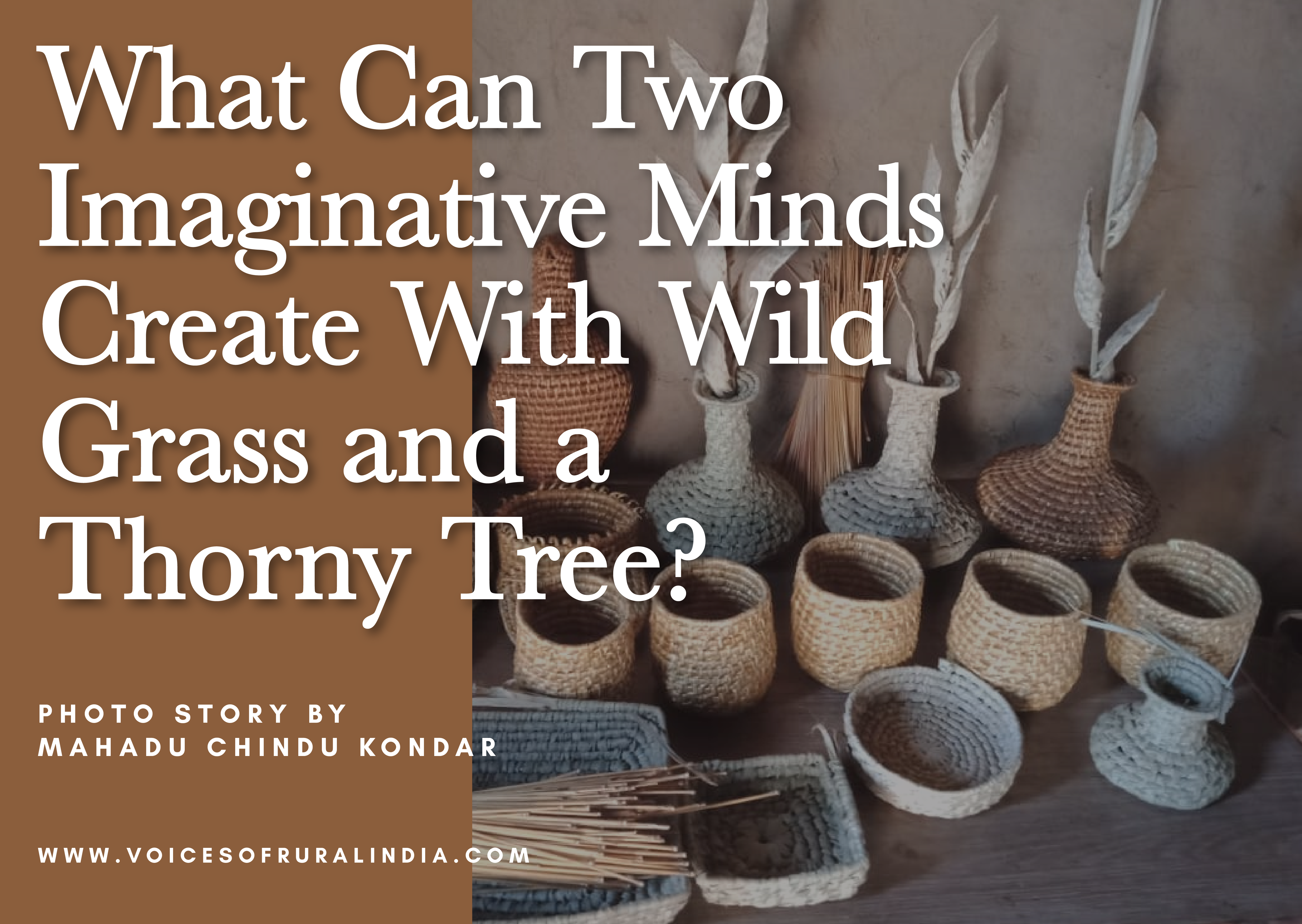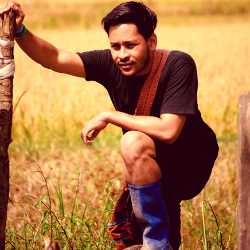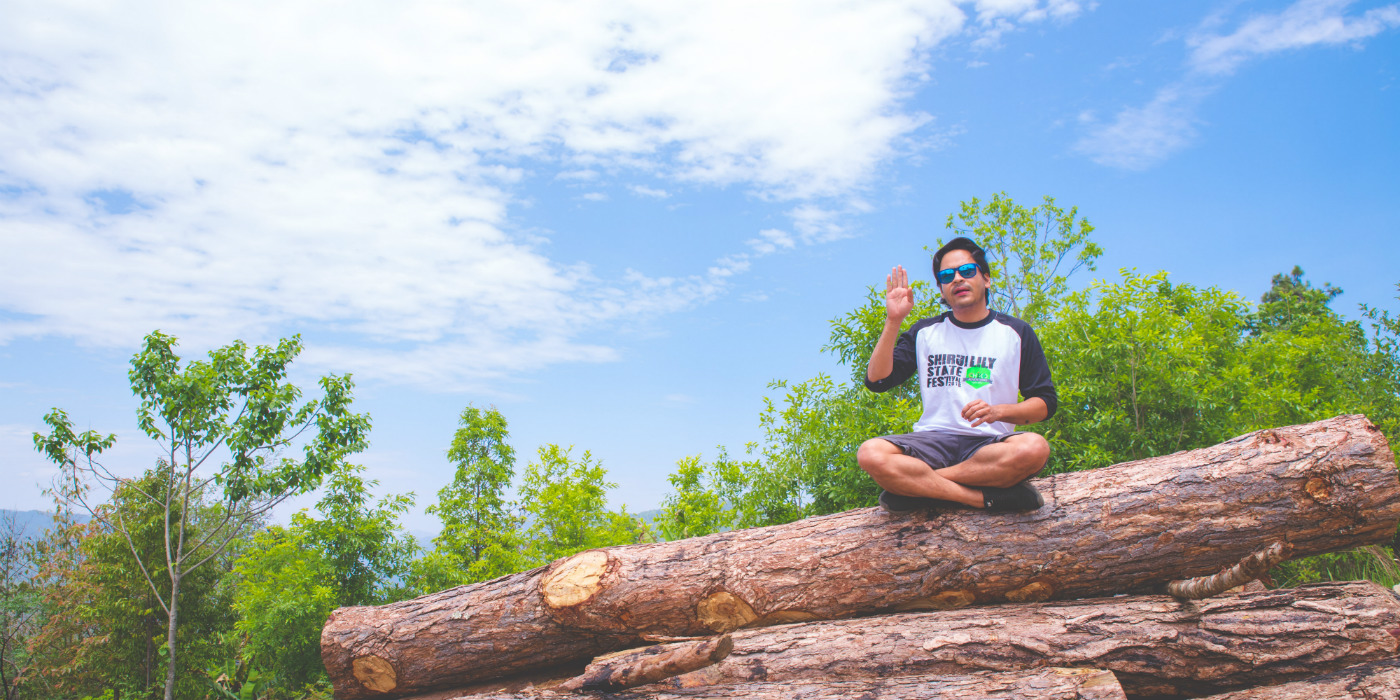
Nishant Sinha, Co-founder at ChaloHoppo
We travel operators who take travellers to locations and communities that are relatively remote and untouched are often times faced with something of a Catch-22 situation—ensuring travellers enjoy the experience fully, while taking steps to make sure that the place and the people they are visiting are not adversely impacted and, in fact, gain sustainably from visitors.
Sometimes it is easiest to resort to spelling out many rules and restrictions. But, how can travellers have fun when there are rules? How can travellers enjoy to the fullest when they can’t do just whatever they like or want?
For RT companies it is important to ensure a balance is maintained between seemingly opposing requirements.
I wouldn’t say that from day one we at ChaloHoppo were able to follow all the guidelines and framework of responsible tourism. It took us time to understand what works best.
One important consideration helped put things in perspective. A traveller's journey begins much before they actually land up at the closest airport form wherever their destination is. We know that, don’t we? It starts with them getting excited shopping travel essentials, talking to their friends about the trip they are about to take and maybe even reading up and checking out photos of the places they are about to visit. In fact, that is how a 10-day travel break actually keeps someone going for about three months or more, with the pre-trip, on-trip and post-trip cycle.
Hence, RT companies need to understand their role in this cycle.
So when I list out the actions and best practices that we the took over this journey of perpetual learning running ChaloHoppo for the last three years, it takes into consideration this cycle.
Here are some simple yet crucial steps RT companies can follow when taking travellers to remote locations to ensure the ecologically and culturally sensitive areas and communities remain untouched and yet gain from tourism:
1. Communicating - setting the expectations right
It starts from the first few emails you send to the traveller. The travel advisory, list of things to carry and the usual essential information that one needs to send out to travellers is the beginning of this honest and open communication. The content on your website, your social media presence and finally, the representative from your team should also symbiotically be merged to give the same message, at different stages of the travel cycle. Using social media to promote eco-friendly habits is something we have just started under the campaign “There is no Planet B”.
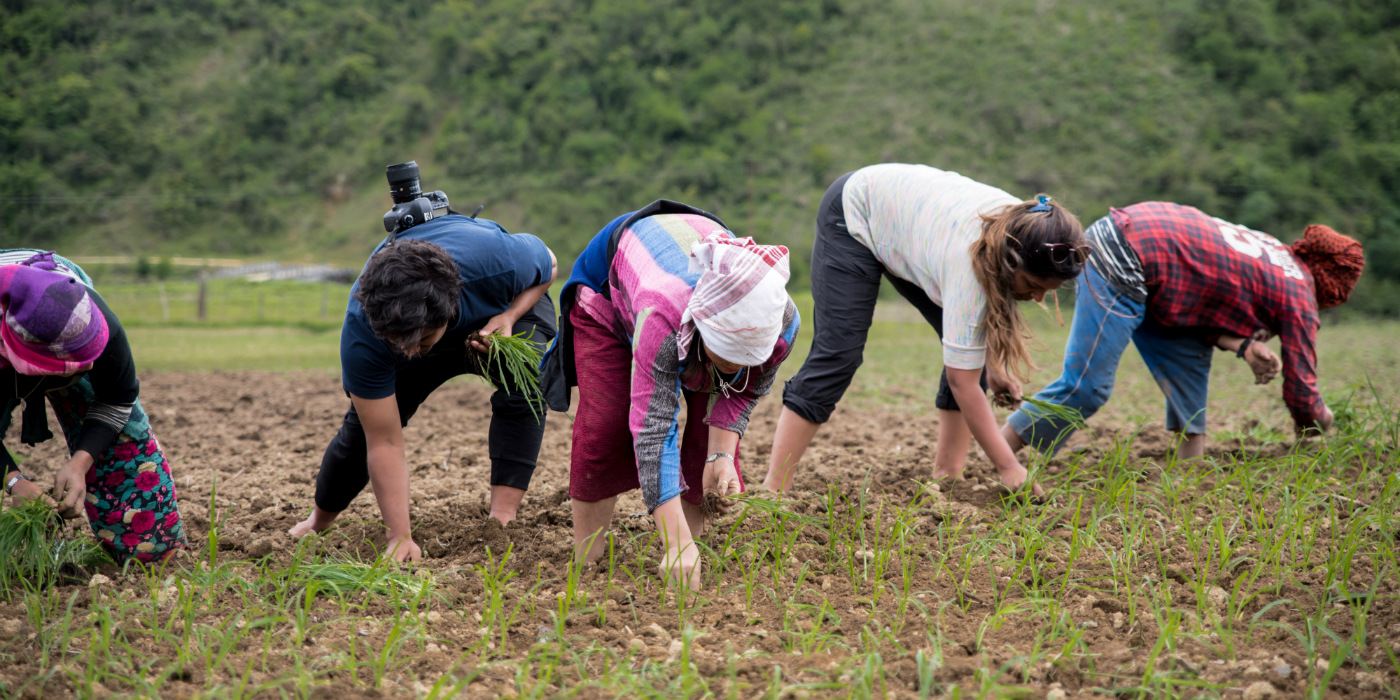
2. Knowledge sharing - let there be no surprises
With tourism in the Northeast of India, the added challenge is in the cultural sensitisation, since there is barely any accurate representation of life and people here. Ecologically, the behaviour recommended for tourists is pretty much the same worldwide barring specific areas that have concerns like Ladakh’s water crisis. So, for us, extra effort needs to be taken to ensure that travellers are slowly being inducted into the nuances of this new culture.
To do that we have state-specific travel advisory emails, where apart from the basic information we provide them with a simple language guide and then over the course of the trip we encourage them to apply those.
Yes, of course through stories while driving, sitting around the bonfire and even while looking leisurely at a sunset we tell the travellers of the little things that are crucial in their better understanding of this culture. For instance, it is customary to gift a packet of “Assam tea” when you are about to visit an elderly person’s home in the mountains of Arunachal Pradesh. We learnt this while visiting a shepherd in Mechuka (Shi Yomi district) and now share the same with our guests.
Most tribes eat rats as a delicacy and these rodents play a crucial role in certain rituals and celebrations, like the Solung festival of the Adi tribe in Dibang Valley, Arunachal Pradesh. Yet, the Memba tribe didn't take my jokes about ‘eating cats’ lightly, while offering me a rat, because cats are auspicious to them.
The idea is not to like or dislike the culture but to know about it and simply observe it from a neutral standpoint.
3. Shopping locally - spending your money has never been more meaningful
Every time we take people to Longwa village in the Mon district of Nagaland, it is a part of the itinerary to take the travellers to the homes/workshops of the blacksmiths, sculptors, gunmaker and then showing them the beautiful jewellery handmade by the host of the homestay. For this transaction to be possible travellers need to know well beforehand that they will be getting a chance to shop for crafts and hence carry cash (no ATMs), the guide and the drivers must know which local market sheds to stop at where fresh fruits, vegetables, juices etc can be purchased and assist the traveller in making that choice over buying FMCG products from global conglomerates.
4. Solving the ‘baksheesh’ conundrum - keep it simple
“Baksheesh” is common in Indian culture but it’s strange that as travellers we are hesitant in tipping. And there is always a confusion as to how much is the right amount.
For us, the challenge is specifically relevant when we travel to places like Ziro in Arunachal Pradesh and villages in the Konyak tribe inhabited Mon district of Nagaland. Since the indigenous tribes—Apatanis and the Konyaks respectively—sport tattoos and piercings, which are intriguing to travellers that means photography. Many travellers/companies may argue about how asking for money for being photographed is ridiculous and why do simple village folks need it. But, ideology apart, these are cash poor territories and the need for money is real. In such situations, we include the fee for such interactions in the tour ensuring guests are spared the hassle and everyone is happy.
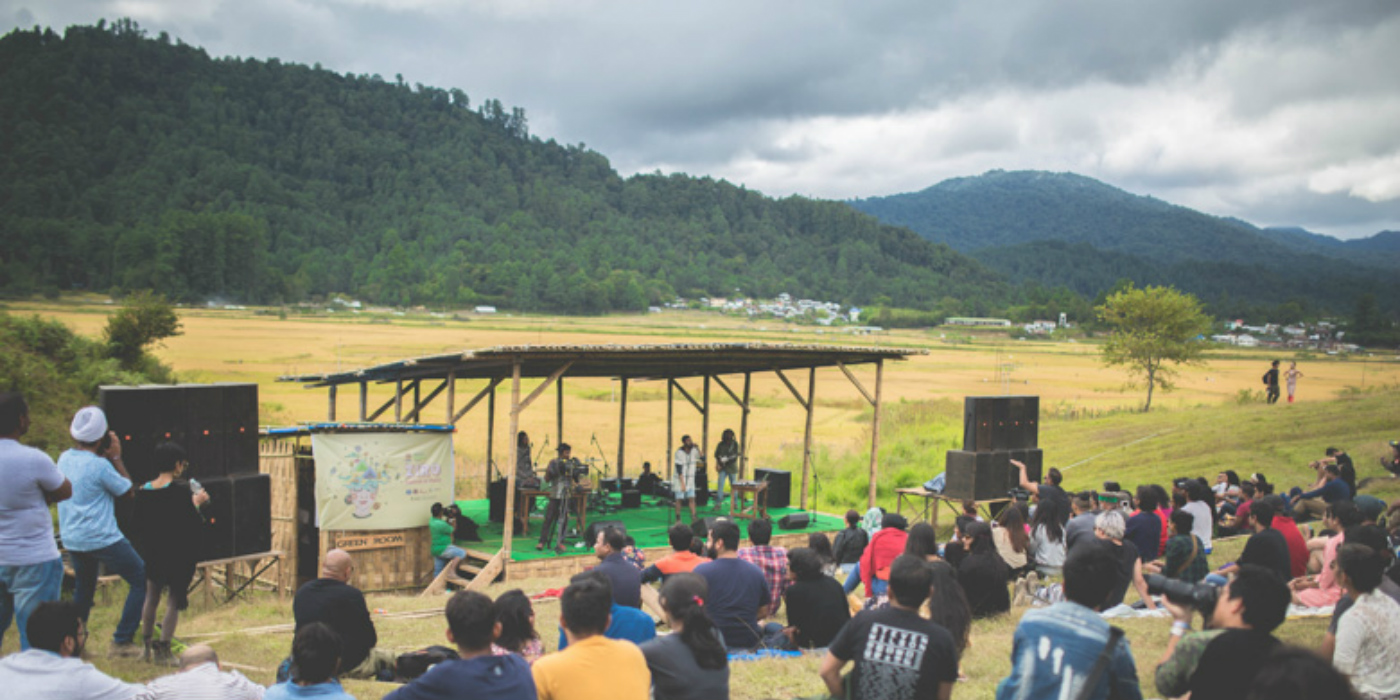
5. Leading by example - the eyes are on you
At our campsite at theZiro festival of music we started giving the wasted food to be used as pig feed, we provided steel plates instead of using one-time use and throw plates of any kind and we never sell mineral water at our campsite. We invested in a Lifestraw water purifier at the camp. Bamboo mugs were used to serve the local rice beer and other brews. So, if we are asking travellers to minimise the consumption of plastic and other one-time use products, show them the steps that you have taken.
Apart from this, it is crucial to get travellers to participate in local activities where they aren’t hesitant to get their hands dirty. This is not limited to just doing things that are fun but even things like helping the hosts of the homestays they are staying at. The guides, drivers and any other company representative must understand their role in the process.
The steps listed here might seem simple, but they go a long way in making the process of traveller-local interactions meaningful for both.




